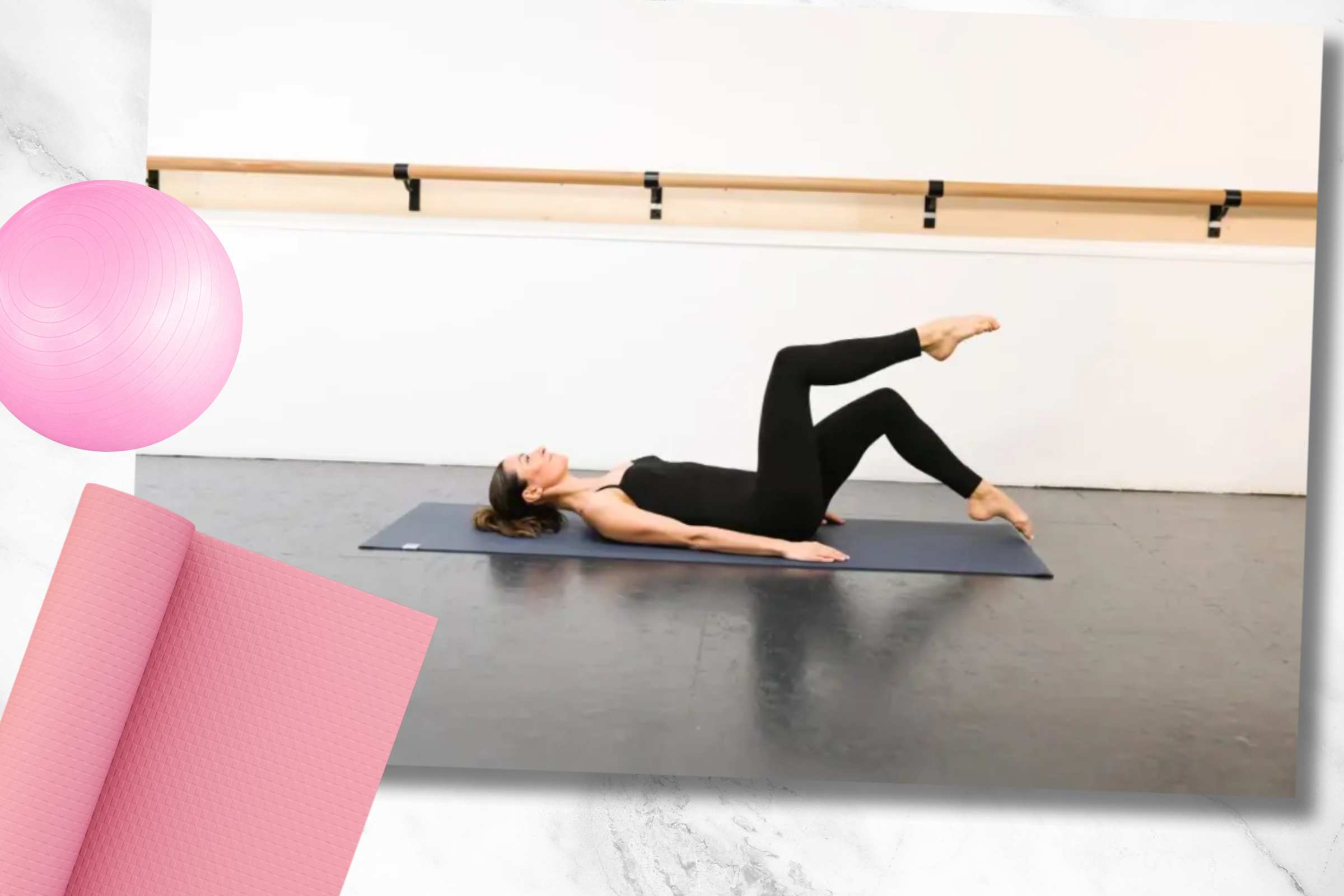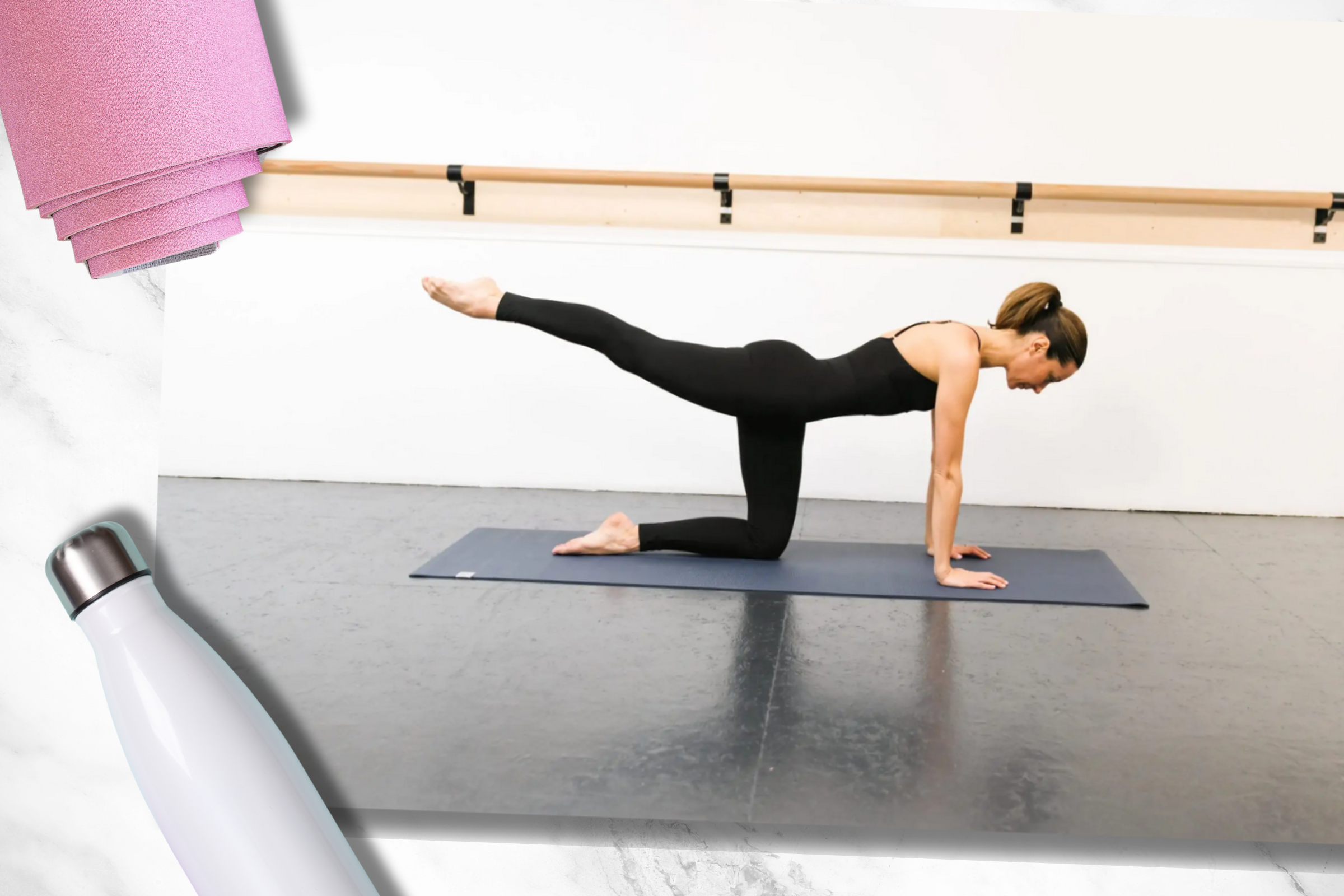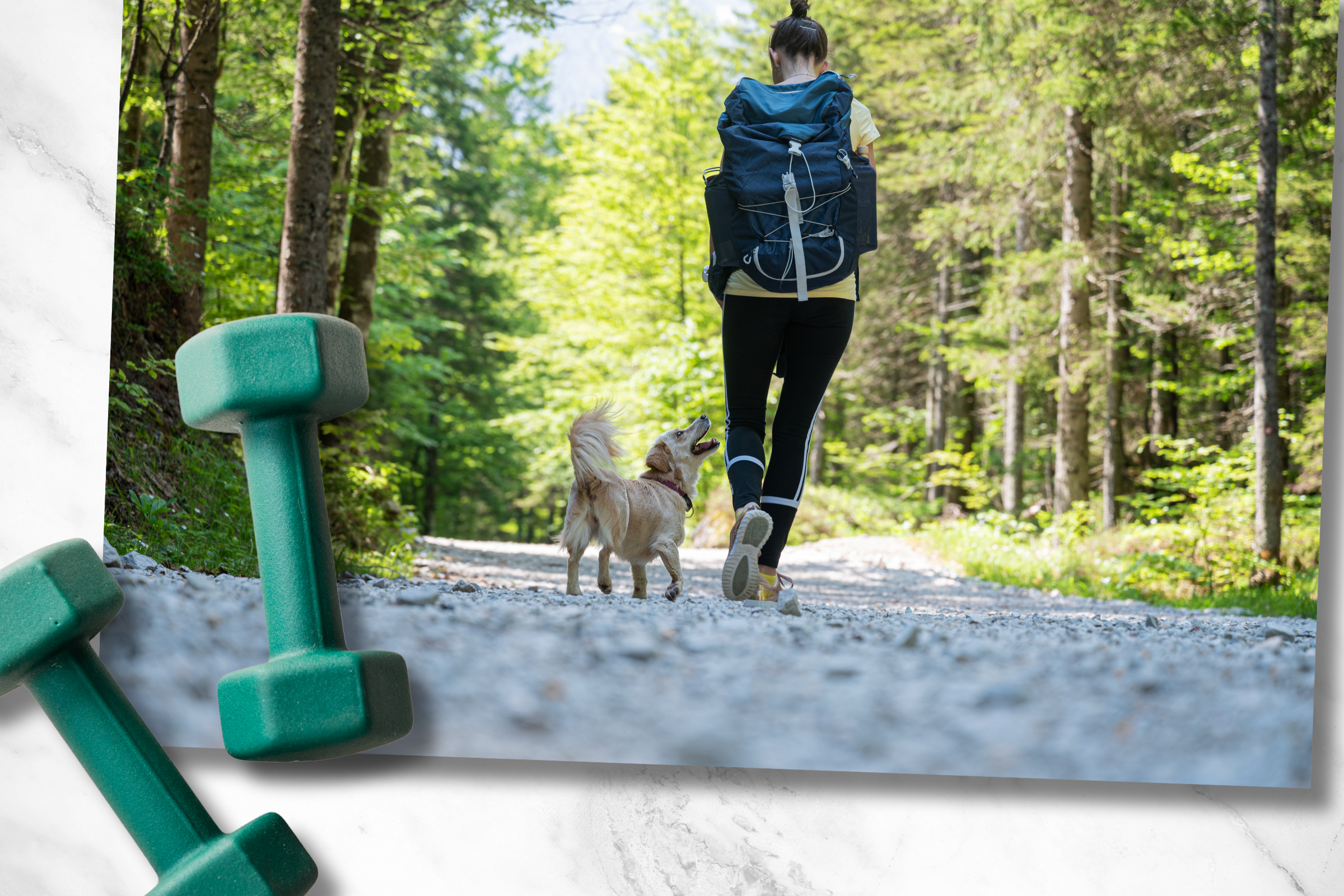A guide for runners of all ages and stages

Looking to start running or increase your distance? Liz shares her best running tips for beginners, and reveals her must-have equipment for enjoying your run.
I’ve always viewed my jolly jogging friends with a mixture of suspicion and envy. I saw ‘going jogging’ as a painful ritual – one I had neither the time nor inclination for, despite seeing their physiques firm up and slim down.
It came as a real surprise to me when my personal trainer, Michael Garry, coaxed me out on to the track – and got me hooked! I’m still not a race runner, but I do enjoy heading out into the fresh air to run a couple of times a week. Whether you’re a seasoned veteran or a newbie like me, here’s a quick and easy guide for runners of all ages and stages.
Use the right shoes
It’s really worth getting properly fitted by a running shoe shop, where trained staff will watch you run on the street (only slightly embarrassing) and recommend shoes to suit your gait and running style. Good shoes make all the difference and should be changed every year or so, as their support and inner padding reduces with wear. Saucony or Adidas provide excellent arch support for novice runners.
I wear the Ultraboost running shoes/trainers – you might have spotted them in some of my videos on social media. They’re not the cheapest, varying in price depending on the exact style (expect to pay around £110), but in my experience, they are the best. They give the most cushioning, are very comfortable to wear and also last the longest.
If you’re looking for something even more stylish but still with exceptional performance, Adidas teamed up with top British designer Stella McCartney to create these beauties – the Ultraboost made from Y-mesh and neoprene.
Dress in layers
It’s hard to imagine just how hot you get running on a cold day, so you’ll need a lightweight hoodie you can tie around your waist if needed. Wearing ‘wicking’ clothing helps, as this kind of fabric wicks moisture away from the skin, and is designed to help you stay cool when it’s warm – and keep you warm when it’s cold.
Look out for stylish brands designed with runners in mind, such as Lululemon and Sweaty Betty. One of my all-time favourite workout-wear brands is the British company Asquith, whose well-made and comfy clothing I’ve worn for years.
Take a small backpack with you to house your mobile phone, a water bottle and small towel – you’ll run much better with your pockets and hands free. Clipping on a pedometer or setting your phone to count steps is useful to track progress and set goals.
Starter’s orders
When I started I could barely run for five minutes, but within three or four runs I had upped my running time to ten minutes or more. When I got too puffed I would switch to a walk, then pick up the pace again. This kind of informal interval training actually gets you fitter faster. I now run about two miles (3km), or around 20 minutes each time, twice a week, purely for some fresh-air fitness. One of the key things is to breathe – taking deep breaths in for four steps and out for four steps helps me run far longer than short, shallow breaths.
Always warm up
I walk to the park where I go running, which helps with my warm up. Once in the park, I do a few squats and lunges to warm up my quadriceps, and touch my toes to stretch out hamstrings and calf muscles. Gentle stretching for the upper body is important too, allowing greater joint mobility, so add in a few arm swings and upper-body rotations. It’s not all about the legs – having a strong core and upper body strength makes injury less likely. In addition, researchers in Florida have discovered that greater upper-body strength improves running speed.
Plan your track
Start on the flat as a beginner, but progress to include some gentle uphill and downhill running, as this gives a good fitness boost as well as working slightly different muscle groups in the legs. Varying your speed also helps endurance training, as our assorted muscle fibres respond differently to a leisurely jog or a speedy sprint. Aim for a few short, fast sprints during your run – save your fastest dash for the last 200m across an imaginary finish line.
Increase the load
I also like to wear a simple weighted slipover vest, which increases the load, helping to boost the metabolism and burn fat faster! Running while wearing a weighted vest is such a simple, yet highly effective way to get more out of your exercise time. These are also good to wear during a gym workout, or you can simply wear it around the house or when out for walks to increase your stamina and strength.
Take a break
If you get hooked enough to run regularly, don’t underestimate the importance of rest. Allow at least one day a week for complete physical rest and try to vary your training so you’re not doing the exact same running workout every day.




